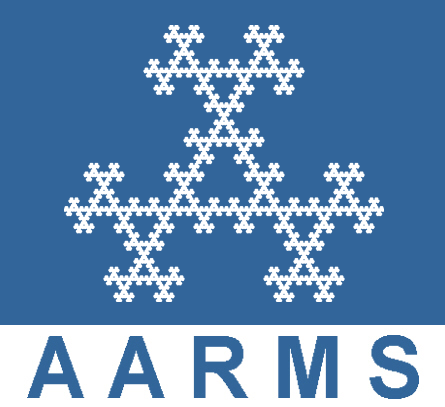2015 CMS Summer Meeting
University of Prince Edward Island, June 5 - 8, 2015
- KYLE BURKE, Plymouth State University
Two-Color Placement Games on Graphs [PDF]
-
This talk covers placement games on graphs that include two colors, including such as Col, Snort, and NoGo. Other rulesets that fit this category include Fjords, Anti-Clobber, and a discrete-version of the Voronoi Game. We discuss known results on these as well as on the basic impartial variant, when it's non-trivial.
- MELISSA HUGGAN, Carleton University
Intersection restriction games [PDF]
-
Throughout this talk we present a class of games called intersection restriction games. An example of a game within this class is Arc Kayles. Arc Kayles is a two player combinatorial game played on graphs. On their turn a player chooses an edge under the restriction that it is not adjacent to any previously chosen edges. The last player to move wins. The primary focus of this talk is to present new results of Arc Kayles being played on varying graphs.
- SVENJA HUNTEMANN, Dalhousie University
Doppelgänger Placement Games [PDF]
-
To each strong placement game $G$ played on a fixed board $B$ one can assign two simplicial complexes, one of which is the legal complex $\Delta_{G,B}$. Two strong placement games $G_1$ and $G_2$ are called Doppelgänger on the board $B$ if their legal complexes $\Delta_{G_1, B}$ and $\Delta_{G_2, B}$ are isomorphic up to relabeling of their vertices. Surprisingly, Col and Snort are Doppelgänger on any bipartite graph. The map going from one to the other is called the bipartite flip, and we will demonstrate that this map also extends to distance games.
- NEIL MCKAY, Dalhousie University
How to know if you are playing a sum of Hackenbush strings [PDF]
-
Nimbers and numbers are independently important in the development of the theory of normal-play combinatorial games.
Hackenbush is a well-known ruleset that unites nimbers (as values of Green Hackenbush trees) and numbers (as values of Red-Blue Hackenbush trees).
Nimbers and numbers are both closed under disjunctive sum and ordinal sum so such trees are in fact equal to strings (paths). It is easy to recognize either type given a position in canonical form.
In practice it is easy to determine if a ruleset has values that are only nimbers or only numbers.
We show how to recognize Red-Blue-Green Hackenbush strings and any sum of Red-Blue-Green Hackenbush strings, thus recognizing all uptimals, sums of Hackenbush flowers, and more.
- REBECCA MILLEY, Grenfell Campus, Memorial University
Partizan Kayles and Misere Invertibility [PDF]
-
The combinatorial game Kayles is played on a row of bowling pins, with players ‘Left’ and ‘Right’ taking turns knocking down either a single pin or two adjacent pins. One natural partizan variation is to allow Left to knock only single pins and Right only pairs of adjacent pins. This talk develops a complete solution for Partizan Kayles under misere play (where the player to knock the last pin loses), and discusses its significance in the context of misere invertibility: the monoid of Partizan Kayles contains a game position with an additive inverse that is not its negative.
- RICHARD NOWAKOWSKI, Dalhousie University
Extending Normal-play games to Scoring-games [PDF]
-
There is a `natural' way of embedding Normal-play games in a general set of Scoring games. There is an obstacle to the embedding being order-preserving. Avoiding this obstacle leads to a well-defined class of scoring games which have unique canonical forms and unique inverses, when they exist.







